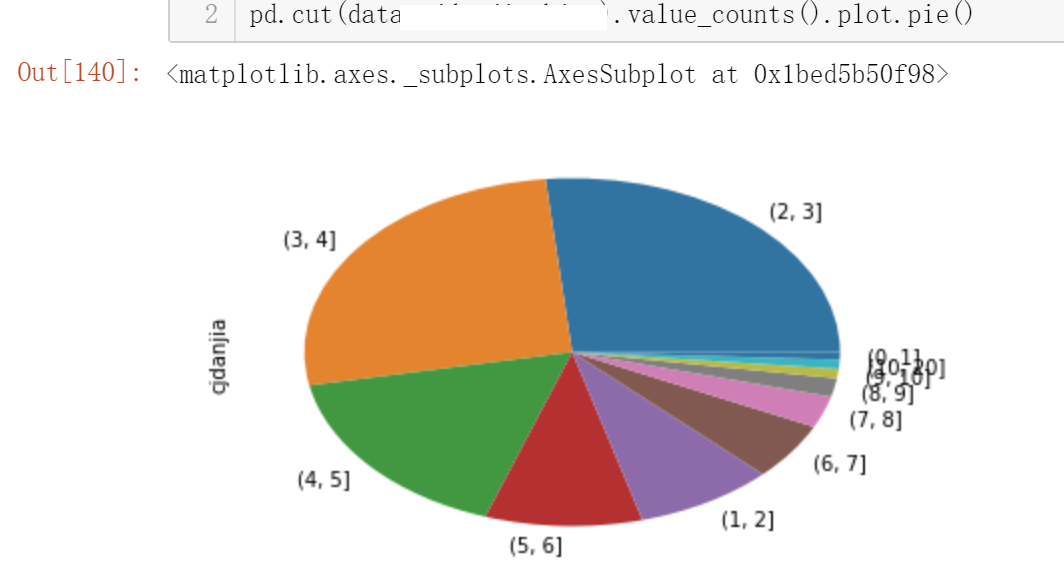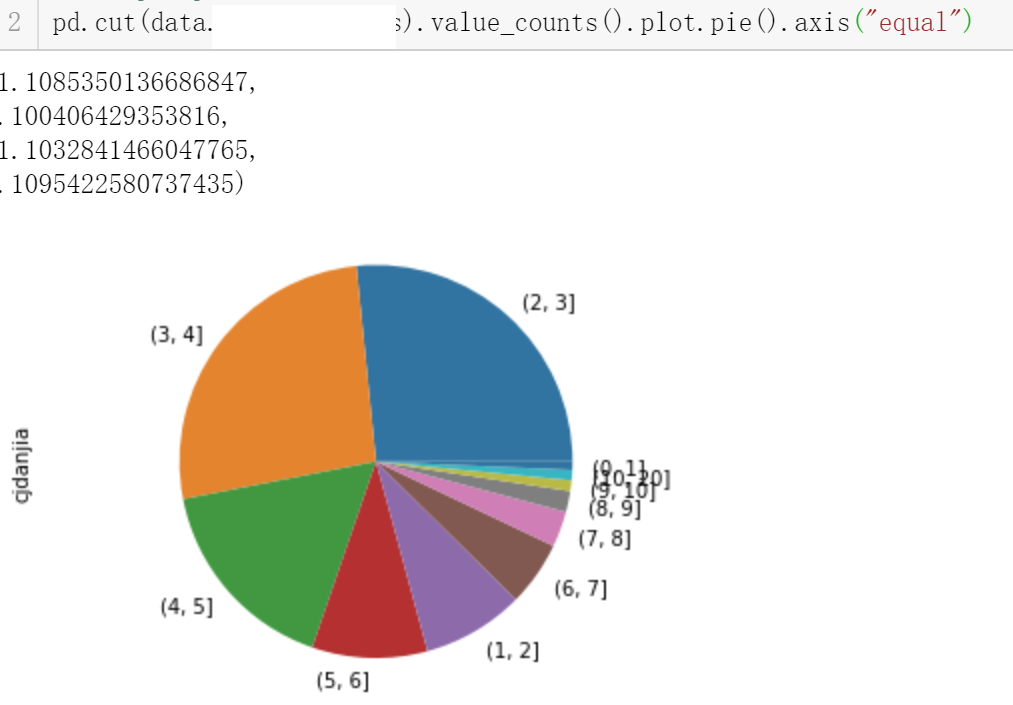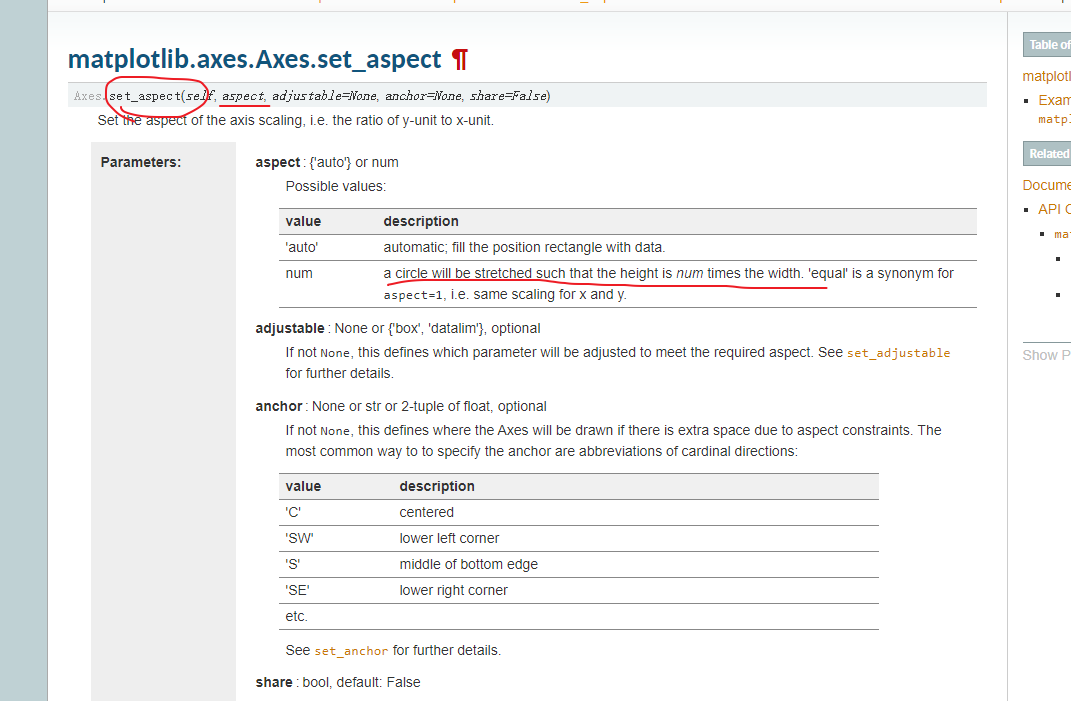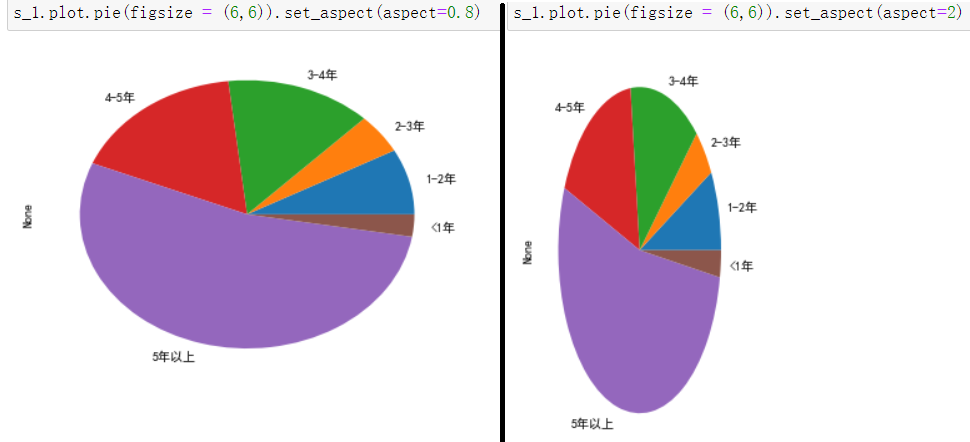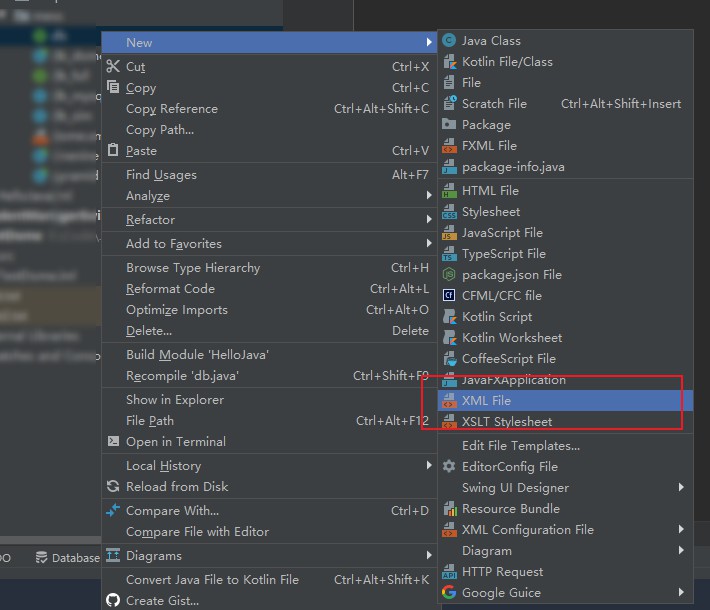MySQL installation tutorial (ZIP)
MySQL installation tutorial (ZIP version)
I am learning crawlers recently, which requires the use of MySQL database. I went to the official website today and I was shocked. The version number is 8.0.17? ? ? ! In my impression, MySQL has always been version 5.0+, and it seems to have jumped directly to 8.0, so I asked someone to copy a copy of mysql-5.7.26-winx64.zip.
The official version provides a mis installation version, but I actually find it more difficult to install the package version. . .
You can also find resources online or go to the official website Download:https://dev.mysql.com/downloads/mysql/5.7.html#downloads
Unzip
Unzip the zip to local, such as: D:\Program\mysql-5.7.26-winx64
Configure my.ini
Open the previously decompressed directory, create a new notepad file, enter the following content, and change the file name to my.ini
[mysql]
#Set the default character set of mysql client
default-character-set=utf8
[mysqld]
#Set port 3306
port=3306
#Set the installation directory of mysql
basedir=D:\Program\mysql-5.7.26-winx64
#Set the storage directory for the data of the mysql database
datadir=D:\Program\mysql-5.7.26-winx64\\data
#Maximum number of connections allowed
max_connections=200
#The character set used by the server defaults to UTF8
character-set-server=utf8
# The default storage engine that will be used when creating new tables
default-storage-engine=INNODB
skip-grant-tablesEnvironment variables
Copy the bin directory address and add it to the environment variable
Reference: https://lengqie.live/archives/103.html
Installation and Initialization
Run CMD input with administrator rights (must be an administrator here!!!)
mysqld install #Install
mysqld --initialize #InitializationStart service
net start mysql #Start serviceLogin
mysql -uroot -p #LoginSince the last item when configuring my.ini is configured for password-free login, a password is required for login. If you want to log in with a password, please
Reconfigure my.ini and comment the last line of code, such as
[mysql]
#Set the default character set of mysql client
default-character-set=utf8
[mysqld]
#Set port 3306
port=3306
#Set the installation directory of mysql
basedir=D:\Program\mysql-5.7.26-winx64
#Set the storage directory for the data of the mysql database
datadir=D:\Program\mysql-5.7.26-winx64\\data
#Maximum number of connections allowed
max_connections=200
#The character set used by the server defaults to UTF8
character-set-server=utf8
# The default storage engine that will be used when creating new tables
default-storage-engine=INNODB
#skip-grant-tablesDuring initialization, the system randomly generates passwords. You can use the .err file in the data directory of the installation directory! We can open the file to view the default password, which is around line 7.
We can change the password using a simple MySQL statement after logging in to MySQL
set password for root@localhost = password(‘your password’);Remember to restart the service after changing the configuration file
net stop mysql #pause service
net start mysql #Start service